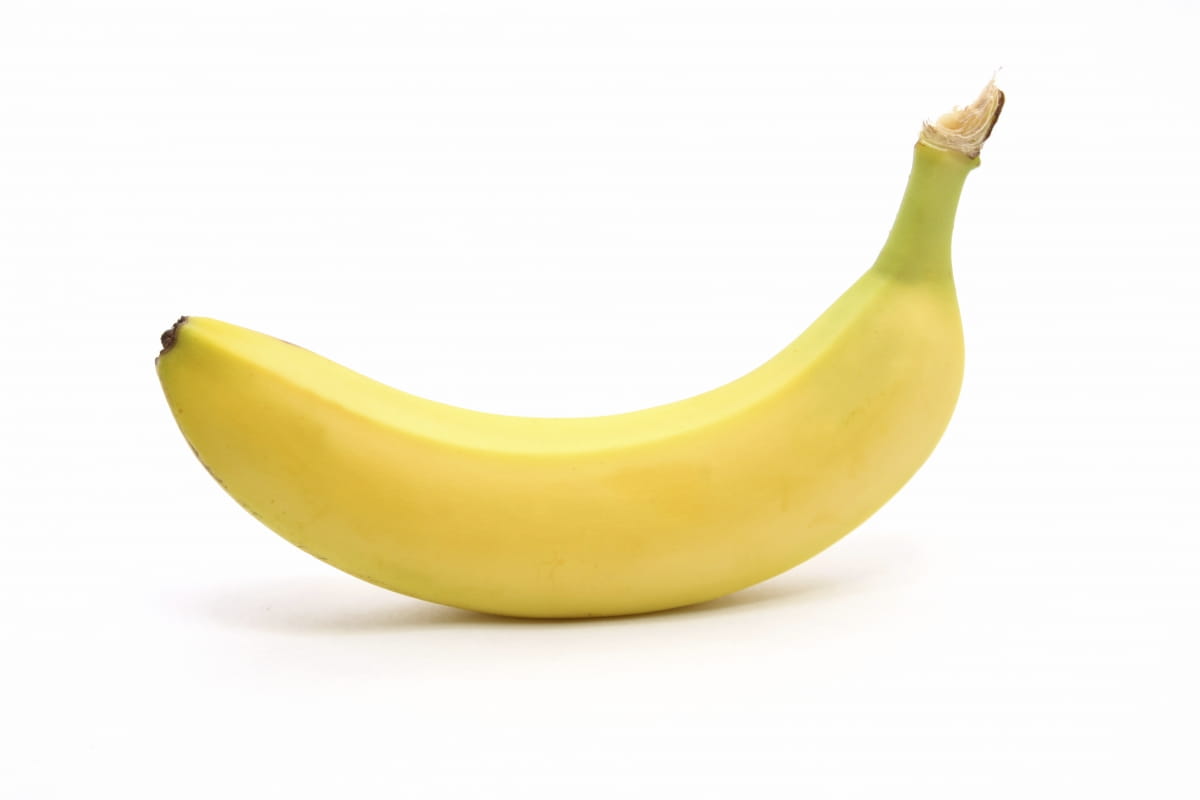11 Factors Influencing Taste Perception
January 5, 2015
Download the full report here!
Taste Perceptions
There are many factors that can alter taste perceptions, ranging from an individual’s age to the temperature of the food. These variables are extremely important for food & beverage industry professionals to keep in mind when evaluating and developing new products. Considering these factors will help ensure accurate sensory and benchtop tasting results and the development of products consumers desire. How people perceive taste makes all the difference!
In this article, FONA’s Director of Sensory Services, Lori Walker, explains several of these influences and the effects they have on taste.
Taste Factors
Wonder why your food tastes different sometimes? How you perceive taste today could be different tomorrow! Keep these 11 factors in mind to help ensure accurate sensory and benchtop tasting results.
1. Age
Taste discrimination tends to decrease with increasing age. Around age 45, taste buds begin to degenerate. Taste loss becomes apparent in your late 50s, with sour less affected than the other tastes. In the elderly, taste thresholds for sweet, salt and bitter are 2.5 times higher than in the young. For example, at age 20 or 30, you use one teaspoon of sugar in your coffee, and at age 75 you may need three teaspoons of sugar to get the same perceived sweetness.
2. Meals
Sensitivity is reduced for between one and four hours after a meal, depending on what the meal included. A spicy/hot meal such as enchiladas will have a greater effect than a bland meal such as oatmeal and milk.
3. Hunger
Hunger affects how food tastes by making hungry people more sensitive to sweetness and saltiness. This makes hunger the downfall of many dieters, as they reach for sweet or salty foods, which may not be the healthiest choices. Bitterness perception, however, is not affected by hunger.
4. Smoking
When smoking a cigarette or cigar, the smoker places the taste buds in contact with chemical compounds that greatly decrease the taste buds’ ability to register salty, sweet, sour and bitter tastes.
5. Obesity
Children and adolescents who are obese have less sensitive taste buds. That means for obese children, sweet foods taste less intensely sweet, bitter foods are milder and salt is not as readily perceived.
6. Pregnancy
During pregnancy, nearly two-thirds of women experience changes in taste. Pregnant women have been found to have a reduced sensitivity to salty tastes, which may be the body’s way of ensuring increased salt intake during pregnancy.
7. Colds/Flu/Allergies
When suffering from a cold, individuals frequently complain that they have lost their sense of taste. In reality, they have lost their sense of smell. Obstruction of air passages reduces olfactory perception, a key component of how we taste.
8. Disease
People with cancer and anorexia have reduced taste sensitivity as the result of their compromised physical condition. Cancer patients have reported that taste changes return to normal after treatment is completed.
9. Temperature
Influence of temperature on taste is not uniform. Taste buds can be put out of action by both high and low temperatures. Increasing temperature appears to increase the response to sweetness and decrease it to saltiness and bitterness. Decreasing temperature appears to increase the response to bitterness and decrease the response to sourness.
10. Adaptation
Adapting to the taste reduces sensory acuity, thus preventing you from detecting differences between stimuli. The order in which you taste samples during a sensory test is important. Tasting a strong sample, then a weak one results in adaptation. The opposite order, first weak then strong, should not affect taste sensitivity. With short waits between samples (three minutes or so), most effects of adaptation should dissipate. There are almost no issues when two stimuli have different taste qualities.
11. Taste Medium
Solid vs. Liquid
The taste buds can only detect flavors that are dissolved in a liquid. You cannot taste a dry substance with a dry tongue. Water is the best medium for sensitivity tests. Taste thresholds are lower in water than in tomato juice.
Viscosity
Increased viscosity reduces tastes sensitivity. Meaning, it’s easiest to detect tastes in liquid state, harder in foams and more difficult in gels.
______________________________________________________________________________________
FONA CAN HELP!
Let FONA’s market insight and research experts translate these trends into product category ideas for your brand. They can help you with concept and flavor pipeline development, ideation, consumer studies and white space analysis to pinpoint opportunities in the market. Our flavor and product development experts are also at your service to help meet the labeling and flavor profile needs for your products to capitalize on this consumer trend. We understand how to mesh the complexities of flavor with your brand development, technical requirements and regulatory needs to deliver a complete taste solution.
From concept to manufacturing, we’re here every step of the way. Contact our Sales Service Department at 630.578.8600 to request a flavor sample or visit www.mccormickfona.com/contact-mccormick-flavor-solutions for more information



